Performance Analysis
In the interest of transparency, we needed to test this graphics card and the MSI GTX 1660 Gaming X on a physically different test system to our usual one due to staff illness, but we replicated the CPU, overclock, and motherboard, and we used the same Windows install on the same SSD. The memory was 2 x 16GB instead of 4 x 8GB, but the frequency was the same. Based on cross-compared results from a previously tested card, we are confident the results are within tolerable margins and thus directly comparable to the others that you see in the charts.
Most GTX 1660s are going to perform within a few percentage points of each other, and indeed from a user experience perspective Palit’s StormX OC card performs no different to MSI’s pricier Gaming X one. As such, 1080p is the optimum resolution, as games can be set to maximum settings and still hit high frame rates, although there may be some that occasionally stutter.
Even 1440p is well within the realms of playability when a game leverages the Turing architecture fully like Wolfenstein II does, but Deus Ex and others are a reminder that that won’t always be the case. Still, it’s a good enough to card to see you through a monitor upgrade or the installation of a current-gen VR setup.
Looking closer at the figures, MSI’s 30MHz boost clock advantage over Palit translates to a performance difference of around two percent. As we said, in games this won’t matter much but MSI’s card is technically the faster one. That said, Palit’s overclock doesn’t appear to do much. We also have comparable figures for a stock-clocked Zotac card (not in the graphs), and the overall performance difference is under 0.5 percent i.e. within margin of error.
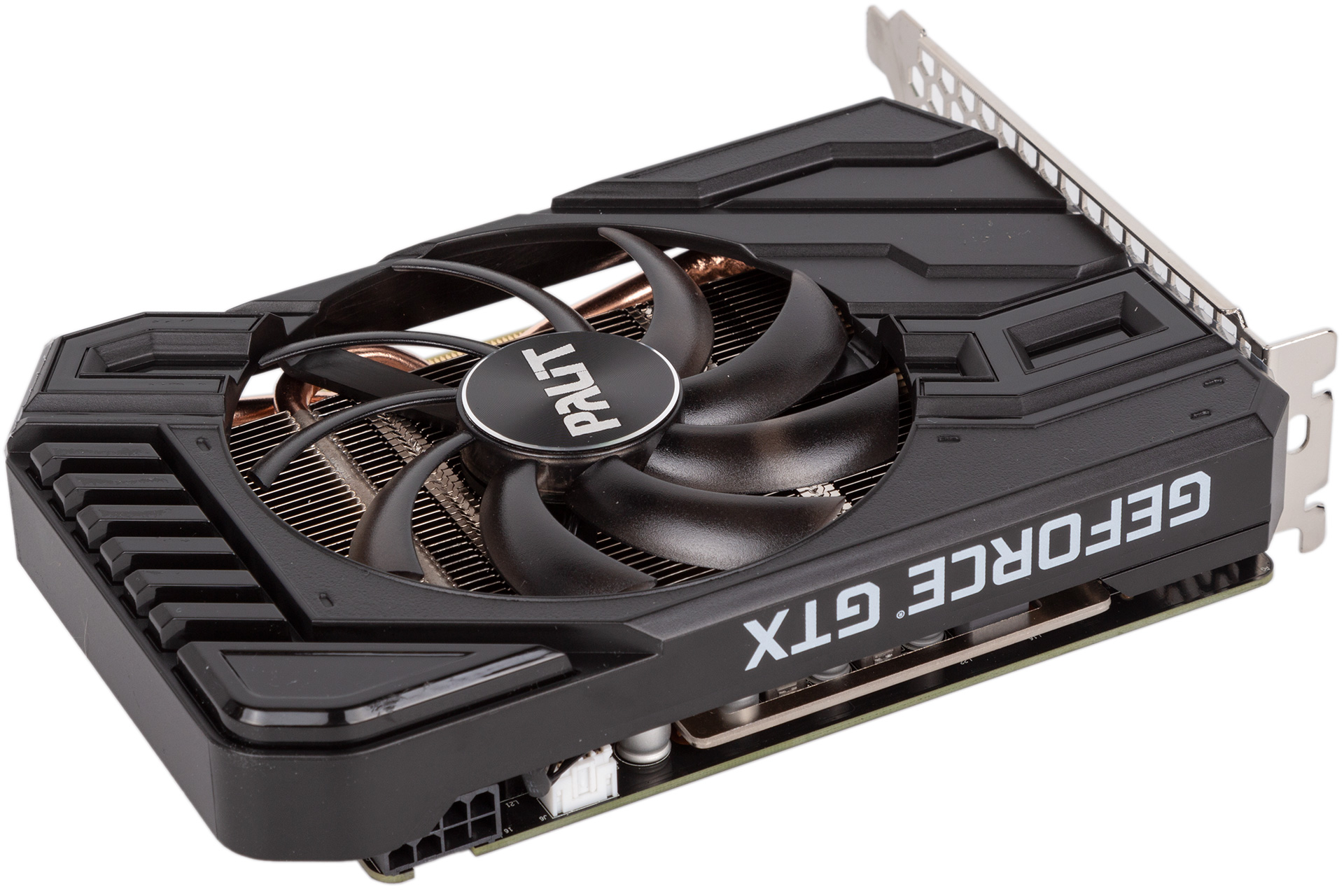
We’ve also tested a non-overclocked version of the Palit GTX 1660 Ti StormX, which uses the same PCB and cooler as this card. What we see in that instance is a lead of over 16 percent for the Ti card, and this is fairly consistent across all benchmarks since the core architecture is the same. That card is 21 percent more expensive, however, so that actually works in favour of the GTX 1660 here.
The GTX 1660 is usually faster than the RX 590 from AMD, but it’s certainly not a whitewash – see Deus Ex and Total War: Warhammer II for example. Since RX 590 is simply an overclocked RX 580, the difference there favours Nvidia slightly more. However, AMD is way ahead with Vega 56 (30 percent on average across our benchmarks), and that might entice some users to spend more given that it’s now available for just £250. That said, such pricing is usually only for the basic reference cooler design, which we don’t recommend. You’re looking at £280 for a custom-cooled one now, which conveniently is 30 percent more than the £215 of this card.
Palit’s card ran at 1,920MHz constantly in our testing, and the fan speed hit 70 percent under sustained load (about 1,800 RPM). This is near-identical performance to what we saw from the GTX 1660 Ti StormX, which isn’t surprising when you consider both GPUs are 120W parts. The card is quiet under load and near enough silent when idle, at which point the fan trundles along at ~1,000 RPM.
Once overclocked, Palit’s card improved by between six and 13 percent, and it was faster than MSI’s manual overclock in our testing, but again the difference outside of benchmarks is all but meaningless. Our sample still couldn’t match a stock speed GTX 1660 Ti that has faster memory and more cores, though in Wolfenstein II it matches its average frame rate.

Conclusion
While MSI’s GTX 1660 proved to be too expensive in the face of GTX 1660 Ti and Vega 56 pricing, Palit’s one keeps things simple and keeps the price down. The small overclock is a nice enough touch, but Palit does also have a non-overclocked version for £15 less. We’d bet money on the regular one being able to reach the speeds of the overclocked one more often than not, but there’s obviously no guarantee. Even if not, though, telling the difference between the stock one and this one would involve some close inspection.
It is a shame that basic cards seem as devoid of features as this one does, but that seems to be the case for keeping costs down now. Still, most users shopping for a GTX 1660 will be chasing bang for buck, and while it wasn't outstanding in this area, Palit’s StormX OC card is still well placed in the scope of the market and claims a Recommended badge as a result. Just don’t be afraid to buy the non-OC version either, as you won’t be missing out on much at all.


MSI MPG Velox 100R Chassis Review
October 14 2021 | 15:04

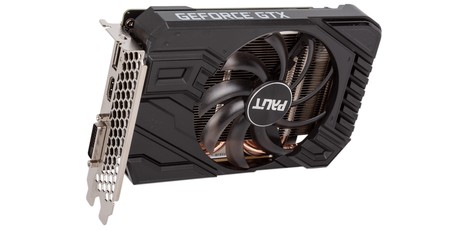
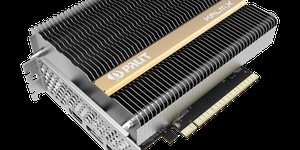
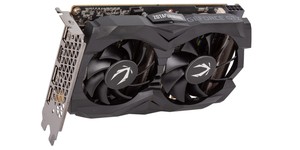
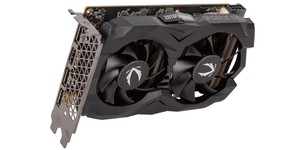




Want to comment? Please log in.